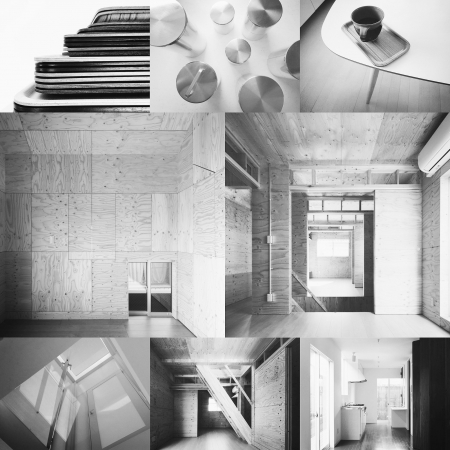慣習以外の視点
日本では敷地の中で建築は北側に配置し、南側に庭を取るのが一般的である。その一番の理由は日当たりを確保することで、四季がある日本では季節により太陽高度が違い、その差が室内環境に大きく影響を与えるから、太陽高度の知識が無くても慣習的に建築の北側配置、南側に庭というパターンが昔から定着しているのだろう。ただ当然、人の暮らしや生活は太陽高度だけで決まる訳ではないから、このパターンとは違うことを考え比較する。その時にいつも思うのが建築は北、庭は南というパターンの説得力の強さである。それだけ人の暮らしや生活を慣習以外の視点で捉えることが難しいということである。だが同時にそこにデザインのヒントがあるとも思う。
"A Perspective Outside of Convention"
In Japan, it is common to place the building on the north side of the site and take the garden on the south side. The main reason for this is to ensure sufficient sunlight. In Japan, which has four seasons, the altitude of the sun varies depending on the season, and this difference greatly affects the indoor environment. The pattern of arranging on the north side and the garden on the south side seems to have been established for a long time. However, of course, people's lives and lifestyles are not determined only by the sun's altitude, so I will compare things that are different from this pattern. At that time, I always think about the strength of the persuasive power of the pattern that the architecture is in the north and the garden is in the south. This means that it is difficult to understand people's lifestyles and lifestyles from a perspective other than customs. But at the same time, I think there are design hints.


